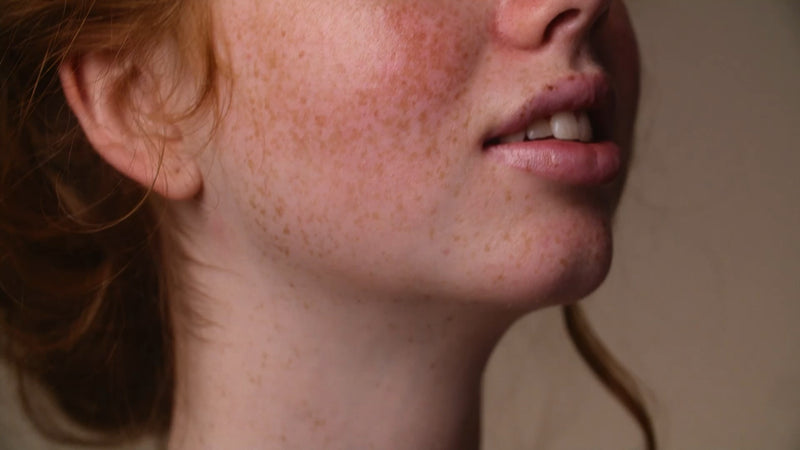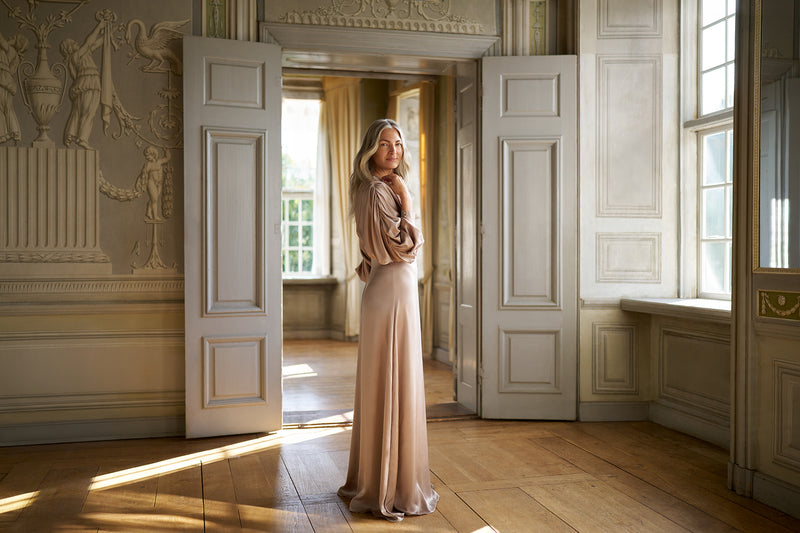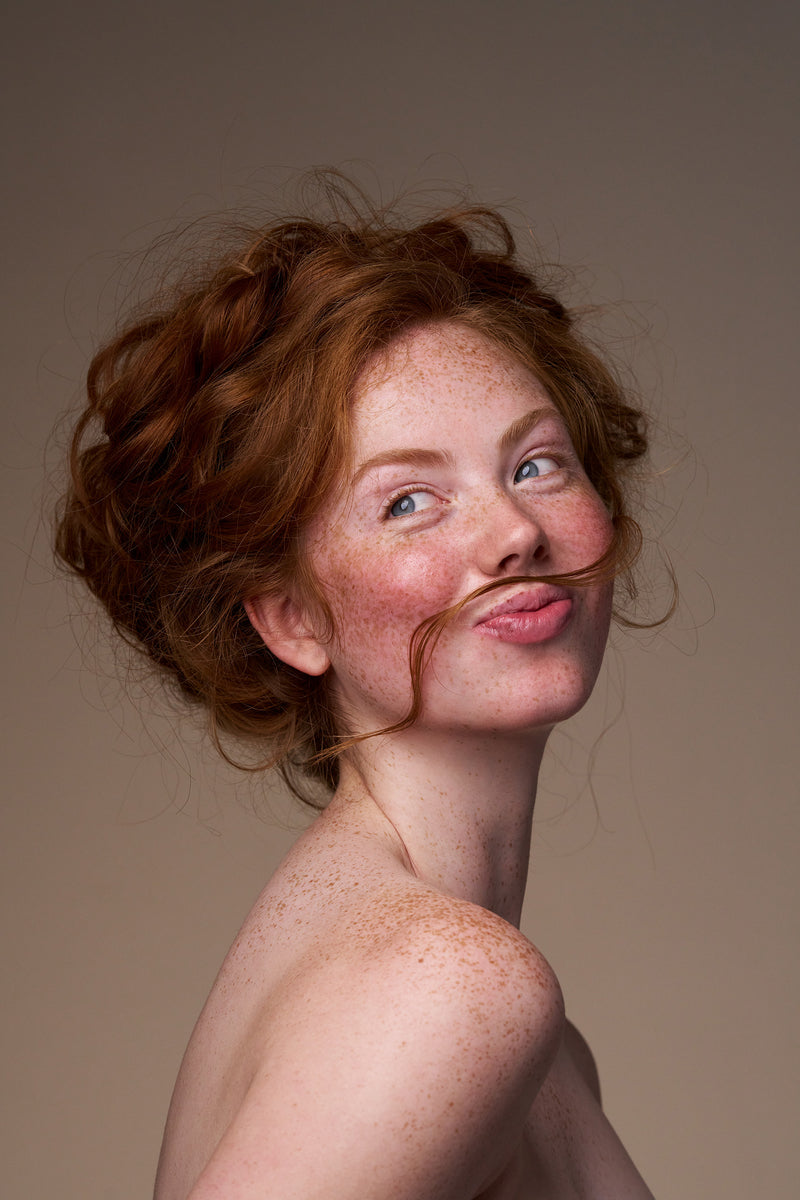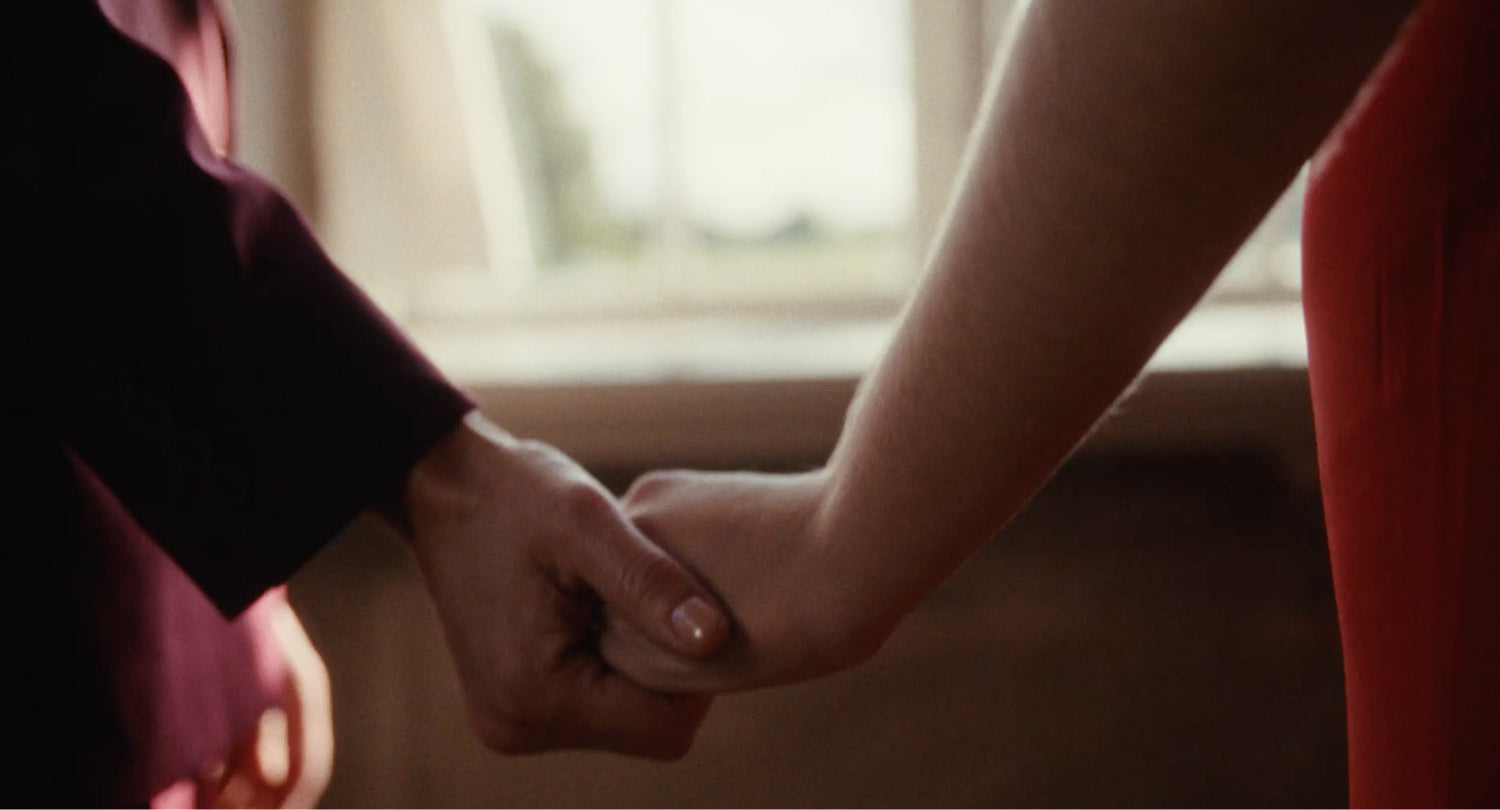
Our story
Libi & Daughters is a testament to the spirit of strong, independent, and fearless women. Our company embodies timeless elegance and unwavering determination, inspired by the extraordinary stories of our foremothers.
Meet our Founder
A NOTE FROM DR. INNA SZALONTAY
Generations of my family have been dedicated to this craft. Now the time has come to share our heritage with the world. I'm driven by a deep belief in the lost art of skincare – care that goes beyond the surface. Unlike a century ago, today’s industry often prioritises hype over genuine care, leading to disappointments and unfulfilled promises. My mission is to shift the focus back to nurturing skin health, leveraging the best that nature and science can offer.
With over 20 years of clinical experience, treating all types of skin concerns, I understand that skincare issues are more than skin deep; they can have a profound emotional impact. Witnessing the transformation in my patients' lives has fueled my commitment to make our family’s treasured formulas and knowledge accessible, all while providing all the support you need.
You can trust us to stand by your side, supporting you on your skincare journey. That’s our promise to you.
Sincerely, Inna
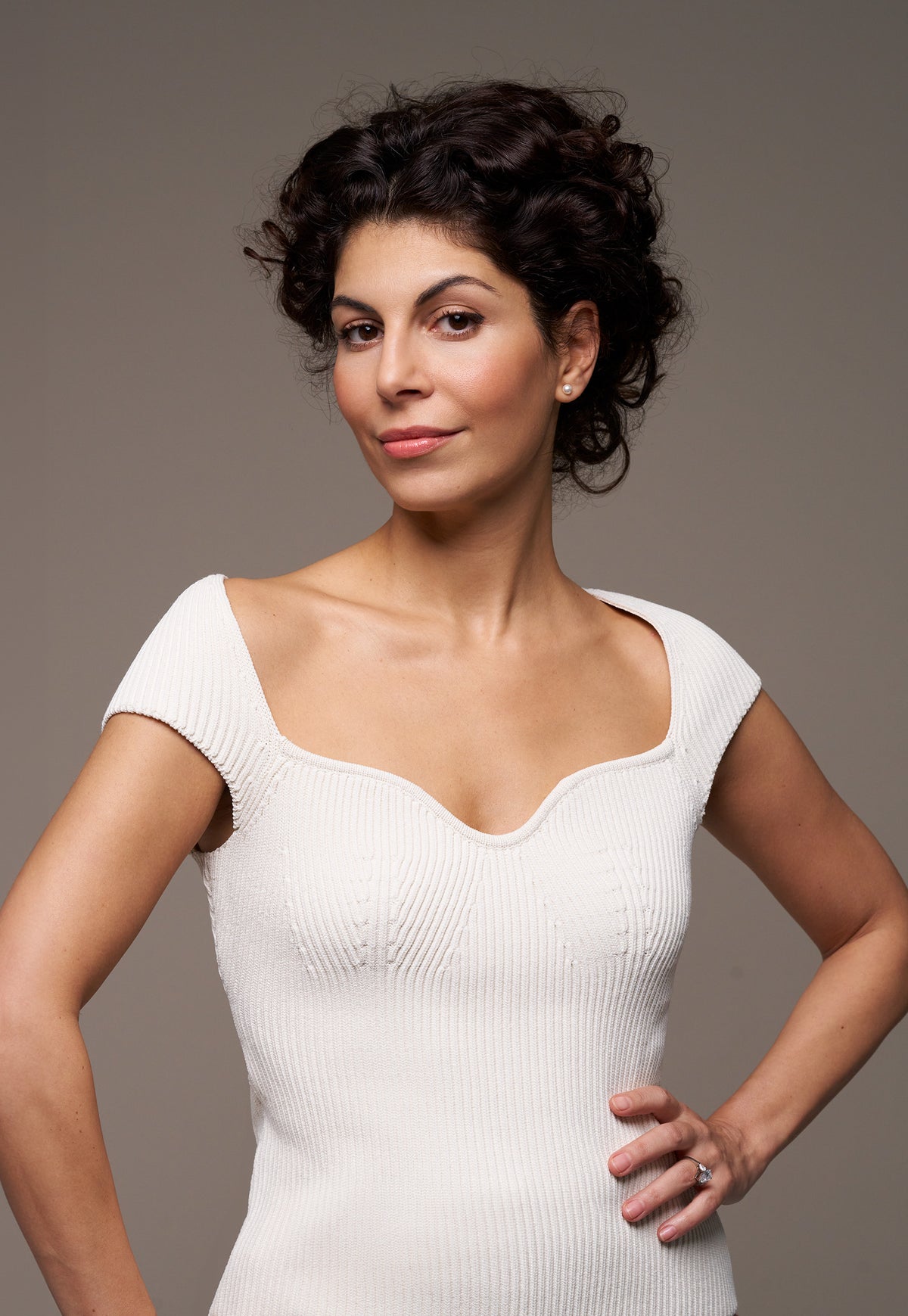
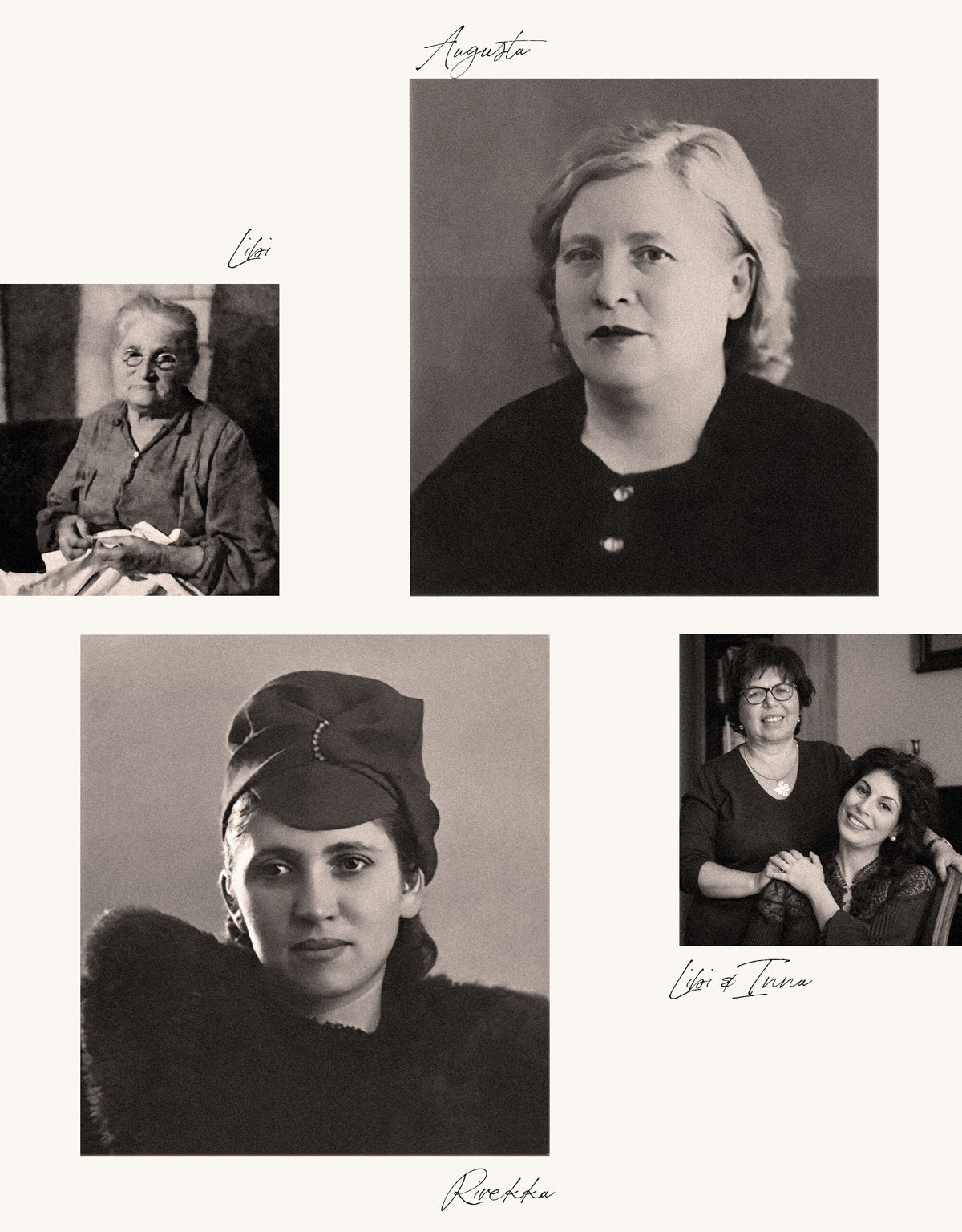
Our heritage
Six Generations of Skincare & The Unyielding Spirit of Women
From the very beginning, our matriarchs displayed a unique blend of tenacity and curiosity. Leiba, a wild tomboy with a love for chemistry, ignited a legacy of innovation when she began importing medicines. Her daughter Hannah, with her sharp mind and insatiable thirst for knowledge, created an iconic creme, preserving the ethereal beauty of nobility. Bertha, Hannah’s daughter, championed meticulous skincare routines and pioneered products that celebrated natural radiance.
However, it wasn't solely about beauty. In times of adversity, our lineage rose to the occasion. Libi, born in the late 19th century, crafted a rich ointment to treat burns of soldiers injured in the First World War. Augusta, Libi’s daughter, developed medicinal creams for skin diseases. Rivekka, Augusta's daughter, pursued diverse paths, from studying at a prestigious university to training as a war pilot. Rediscovering her passion for chemistry, she also created exquisite lotions and potions.
Rivekka’s daughter Libi, began her career as an ER doctor, then specialised in endocrinology, and later worked in dermatology and cosmetology research before opening her own clinic.
Dr. Libi preserved the invaluable knowledge and recipes passed down through generations, sharing them with her daughter, Dr. Inna. These secret formulas have been family treasures for years, continuously refined with new ingredients and methodologies as they were discovered. Thanks to them, the family heritage is now available to people around the world.Today, Libi & Daughters is led by Dr. Inna, Building on her extraordinary family legacy, Inna continues the mission of restoring skin to its natural beauty.
Welcome to a world where the past intertwines with the present and the future is yet to be revealed.
Our beliefs
Skin is individual, so skincare needs to be as well
Mass produced products are created for everyone, not your unique skin.
Beautiful skin is healthy skin
When you use the right products for you, it builds the strength and functioning of your skin, and your most beautiful skin is revealed.
Skin is a living organ that is constantly changing
Reflecting what is happening inside the body and outside - as such you need to care for it on an ongoing basis and holistically. Skin cannot be changed overnight. It is a process.
Products should have everything you need and nothing you don’t
We don’t believe in putting minuscule amounts of a hyped product that won’t make a difference just for marketing purposes, nor fill our products with ingredients that may harm or irritate. If an ingredient is in our formula it is there for a reason. Our goal is always to develop the most effective, nourishing skincare.
We believe nature is perfect
And that is why most of the ingredients are sourced from nature.
We don’t believe in miracles or making promises we can’t keep
We believe in quality, consistency and care is what will result in the long-term health and beauty of your skin.
We believe in the power of a ‘prescribed’ routine
We believe skincare is most effective when ‘prescribed’ by a qualified experts, not when people haphazardly mix mass-market products without knowing how they will interact. When using a set of products from one company as a routine, the dermatologist knows exactly what they can adjust when it is needed. This level of control isn’t possible otherwise.
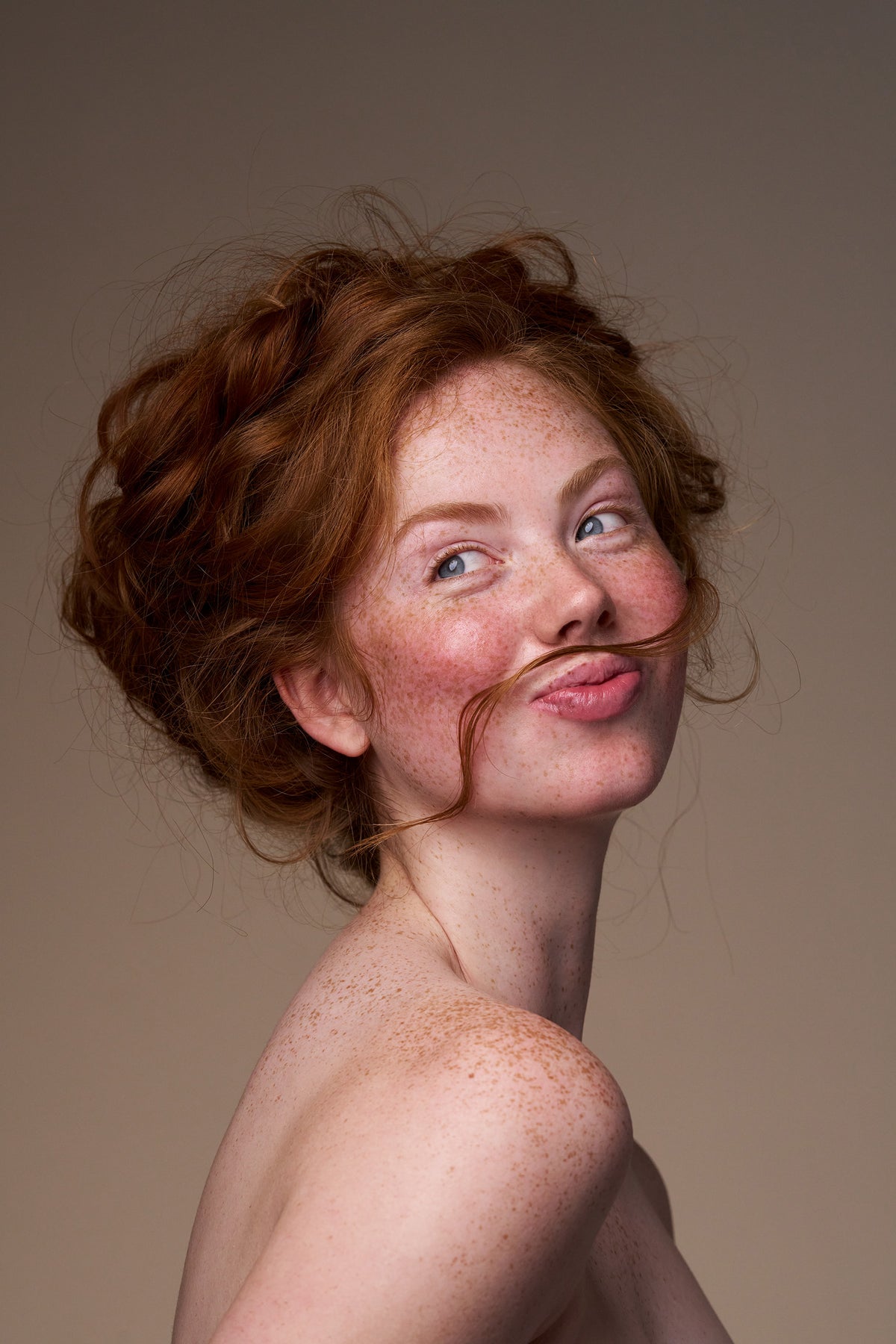

Our values
Nature as our North Star
With its ability to heal and nurture, nature is perfect. We carefully source the highest quality natural ingredients known for their efficacy and gentle potency to create high-performance products that work to balance the skin.
Family at the Heart
With its ability to heal and nurture, nature is perfect. We carefully source the highest quality natural ingredients known for their efficacy and gentle potency to create high-performance products that work to balance the skin.
Celebrating Individuality
Individuality is about acknowledging that each person is unique – with different stories, struggles and dreams. Their skin has different genetics and has been through different stresses. To honour this uniqueness, we create skincare tailored to the individual.
Everything you need, nothing you don’t
We value integrity and honesty. As such, we live by the promise of providing people with ‘everything they need and nothing they don’t.’ It is a promise to never fearmonger, market miracle cures, sell things people don’t need, or make promises we can’t keep.
